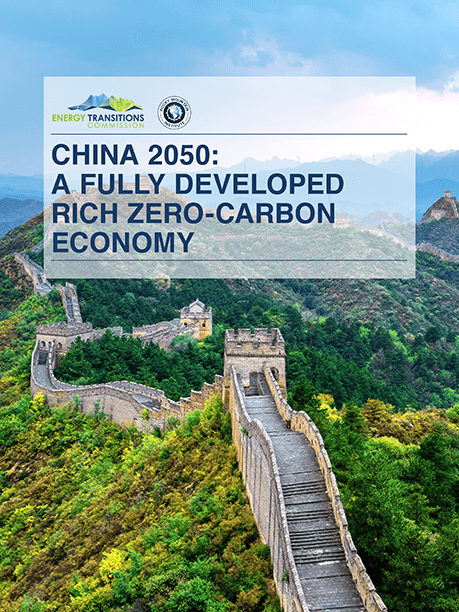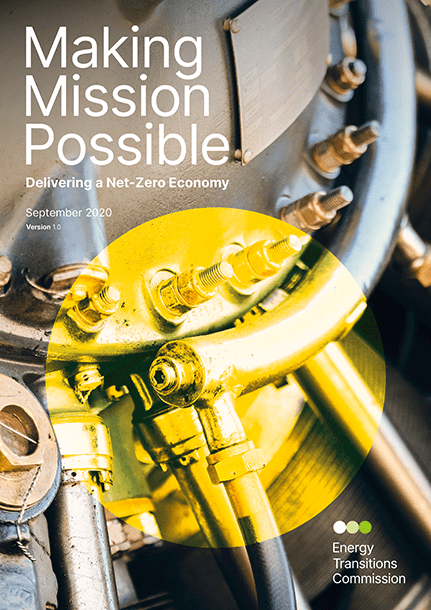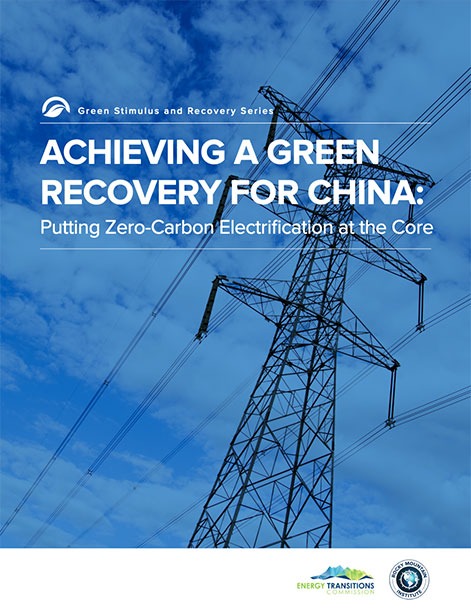China 2050: A fully developed rich zero-carbon economy
November 2019
China’s extraordinary success in growing its economy over the last 30 years and its large population have seen it become the world’s largest CO2 emitter in absolute terms, accounting for 28% of the global total in 2018. For the world to deliver the Paris Climate objectives, it is vital that China has a strategy to reach net-zero emissions by mid-century.
Download

Publication overview
Produced in partnership with Rocky Mountain Institute’s China team, China 2050: A Fully Developed Rich Zero-Carbon Economy demonstrates that it is technically possible for China to achieve net-zero emissions by 2050, and that the cost is easily affordable given China’s high savings and investment rate.
This report describes the possible evolution of China’s energy demand sector by sector, analyzing the energy sources and technologies that China will need to reach net-zero carbon emissions by 2050, as well as the policy interventions necessary to drive this transition.
To achieve net-zero emissions will require the total decarbonization of China’s electricity generation and the massive expansion of electricity use – from 7,000 TWh today to 15,000 TWh in 2050 – electrifying as much of the economy as possible.
Reduced demand for steel and cement, more circular use of all materials —especially plastics — and the energy efficiency advantages achieved by electrifying surface transport and building heating will enable China to enjoy a GDP per capita and standard of living three times the current levels, while reducing final energy demand from 88 EJ today to 64 EJ in 2050.
Given China’s central role in the global economy, its vast renewable energy resources, and its technological leadership in key industries, it is uniquely positioned to lead the worldwide energy transition and decarbonize its economy completely by 2050.




